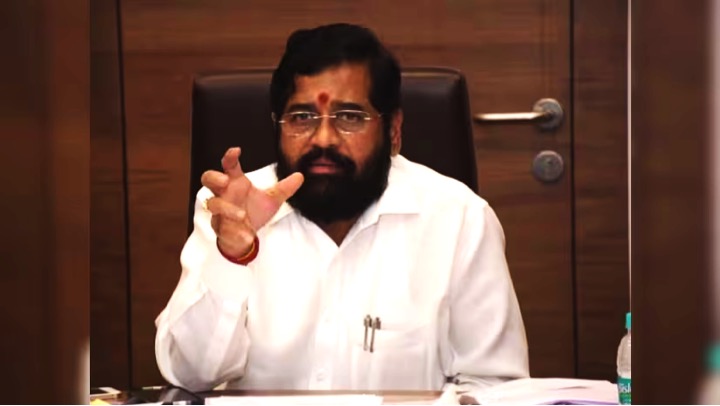Jagananna Pala Velluva programme was launched in 79 villages of Tirupati district on Monday. The target during the first phase of the programme is 100 villages. District Collector K Venkataramana Reddy held a review on the programme with the Joint Collector, District Cooperative Officer and other officials in his chambers. He said that the state was known for producing quality milk in the country. Collection of milk has been started successfully in the district under Pala Velluva scheme with the collection of 2,435 litres of milk from 401 women farmers.
It may be noted that AP Dairy Development Corporation and Amul have entered into an agreement to benefit the women dairy farmers. The Collector said that by forming rural women milk producers’ associations, affordable price can be ensured to them. He recalled that the agreement was signed with internationally reputed company Amul on July 21, 2020 in the erstwhile Chittoor district to implement the scheme in Western mandals.
Seeing the huge response for it, the milk collection has been started in Tirupati district as well now and for this, all equipment has been provided at the milk collection centres. The 75-year-old Amul is completely a cooperative society relating to the farmers. Out of the total amount it gets from milk collection, 85 percent will be paid to the farmers and it will keep 15 percent for maintenance.
It was observed that farmers can get Rs 4 to Rs 15 per litre additionally depending on the quality of milk. The Collector added that arrangements have been made to provide fodder seeds with 70 per cent subsidy at RBKs and 219 BMCUs and 636 AMCUs will be made available to the farmers soon. Efforts were on to provide loans to women dairy farmers to buy dairy cattle.
Joint Collector DK Balaji has toured extensively in Kayam, Nesanuru and Kadirimangalam areas of Vadamalapet mandal and said that the women farmers have been expressing happiness over the new scheme. The milk collection has started successfully and the farmers were getting receipts automatically at the collection centres depending on the quality and they are getting the messages instantly. The messages are showing the litres contributed by the farmers, fat in it, SNF etc., along with the price. Officers of the line departments also took part.



























